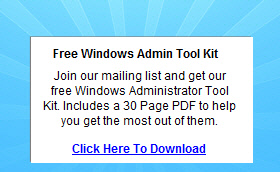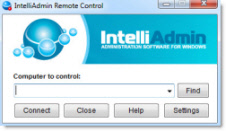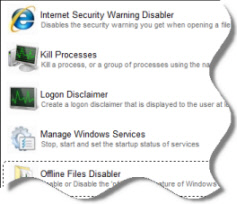You can not have multiple copies of the same DB active at the same time. If you have, 4 example, 4 DBs and there are four copies of them, I would make MBX1 active on SVR1 and MBX2 active on SVR2 and so on. Then put a hardware load balancer in front of Exchange for clients to connect to. It will balance the initial request before sending your connection to the server that is hosting the active database copy that your mailbox resides in.
Hope this helps.
Thanks,
Jason
You can not have multiple copies of the same DB active at the same time. If you have, 4 example, 4 DBs and there are four copies of them, I would make MBX1 active on SVR1 and MBX2 active on SVR2 and so on. Then put a hardware load balancer in front of Exchange for clients to connect to. It will balance the initial request before sending your connection to the server that is hosting the active database copy that your mailbox resides in.
Hope this helps.
Thanks,
Failure Domains.
If you have a DB fail, you will have the second copy on another server automatically connect and the connection between your LB and client won't notice. Also the client access role is more/less a dumb proxy so it handles the connections between the LB (or client at this point) and the mailbox. When the mailbox db moves to another host, it will be brokered seamlessly. You don't want to be connecting to a server name and instead should be connecting to a LB name such as mail.contoso.com to keep the experience the same across mailbox servers. It is also bad practice to put server names in an SSL cert as it exposes what your underlying infrtastructure is.
Exchange 2010 use to have client connections be made to one CAS and then broker the connection to your mailbox hosted on another server but that has been streamlined in 2013.


